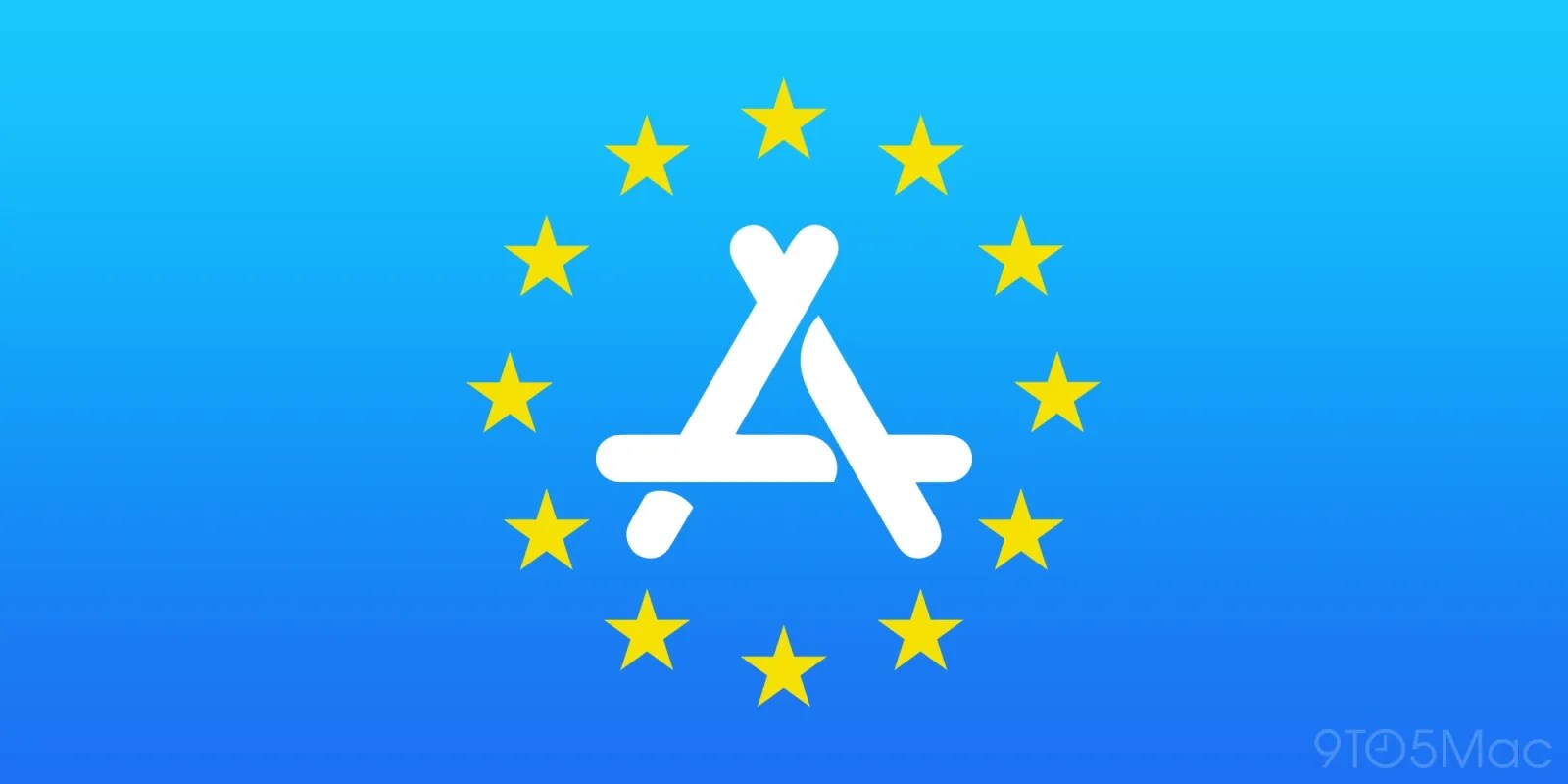Apple formally appeals €500 million DMA fine in the EU

As expected, Apple has today formally appealed the €500 million fine it received from the European Commission for allegedly violating the Digital Markets Act.
more…
As expected, Apple has today formally appealed the €500 million fine it received from the European Commission for allegedly violating the Digital Markets Act.
more…As holding companies look to acquire each other to get even bigger, and private equity firms seek out independent agencies to buy and merge with others, there’s another direction some agencies have taken: the ESOP route.
Employee Stock Ownership Plans, boiled down to their essence, are when an owner or founder sells his or her stake in an agency to the employees who all receive stock in the company, most often held in a trust. The employees are often fully vested within a few years of the transaction — and usually (but not always) cash in their value if they leave the company.
ESOPs have gained some favor in the media agency community since the pandemic, for a few reasons. For one, it’s a way of literally giving employees a stake in the health and future of their shop. It’s a way of trying to ingrain whatever culture has developed, as well as a retention and hiring tool. And for private owners, it’s a means of succession — a way of selling the agency without selling out to PE or a holdco. It can even be used as a shield against an unwanted acquisition. And it can have tax benefits too for the owner looking to cash in.
Continue reading this article on digiday.com. Sign up for Digiday newsletters to get the latest on media, marketing and the future of TV.
The first half of the year brought no shortage of bluster: Amazon gunning for DSP dominance, Google locked in an antirust staring contest, publishers scrambling to offset traffic losses to generative AI, and Publicis staking up wins like its trying to corner the market. But somewhere between the sizzle and spin, fault lines are forming. Now’s a good moment as any to take stock — and make a few bold calls about what’s coming next.
The U.S. Department of Justice is pursuing a potential breakup of Google’s advertising technology business, alleging it holds an unlawful monopoly over the digital advertising supply chain, with the remedies phase of its ad tech trial due to start in September.
Of course, this follows Justice Brinckema’s ruling in favor of the DOJ, and although Google has signalled its intention to appeal the decision, a process that would prolong the case by a matter of years, in anticipation of or response to such a remedy, Google is likely to offer several olive branches.
Continue reading this article on digiday.com. Sign up for Digiday newsletters to get the latest on media, marketing and the future of TV.
Marketers are waking up to the sea changes in consumer behavior triggered by the emergence of “zero-click” AI search. Some are moving faster than others, though.
B2B advertisers and brands that use a direct to consumer (DTC) sales model — and which often rely on organic and paid search as a means of dragging customers to the digital till — are taking preventative action now, rather than waiting for ChatGPT, Perplexity or Google’s AI Overviews to put a dent in their marketing strategy.
Consider the case of business travel company Amex GBT. To date, according to CMO Alisa Copeman, it’s relied heavily on paid search as a means of drumming up leads. Its customers — companies needing to arrange travel for staff on a regular basis — often do their research before committing, inevitably using search. “We have a buying journey that is very lengthy,” said Copeman.
Continue reading this article on digiday.com. Sign up for Digiday newsletters to get the latest on media, marketing and the future of TV.
As Yahoo’s creator program matures, the company is increasingly evolving from a publisher into a creator platform in its own right.
Yahoo launched Yahoo for Creators, a creator publishing platform, in March 2024. In the year and three months since, creators have taken on a more visible role on Yahoo’s homepage, with a dedicated creator vertical and creator content appearing alongside traditional publisher content on the Yahoo app and in the company’s newsletters.
The OG internet giant is looking to secure its piece of the creator economy, and it’s brought on big-name creators such as Nick DiGiovanni to help accomplish the task. Yahoo now has 135 lifestyle-focused creators in its program.
Continue reading this article on digiday.com. Sign up for Digiday newsletters to get the latest on media, marketing and the future of TV.
For most of the last 50 years since the upfront was an integral part of marketers’ plans to advertise on TV, the buying bonanza usually wrapped up business between TV sellers and buyers before the July Fourth break. That is definitely not the case this year, for a few reasons.
According to three heads of investment at major agency groups, the multi-billion dollar marketplace is being slowed down for three reasons: its increasing complexity, discrepancies with Nielsen’s latest ratings system, and lingering confusion over which agency is responsible for upfront negotiations with clients that have recently moved their business from one holdco to another.
This is a member-exclusive article from Digiday. Continue reading it on digiday.com and subscribe to continue reading content like this.







